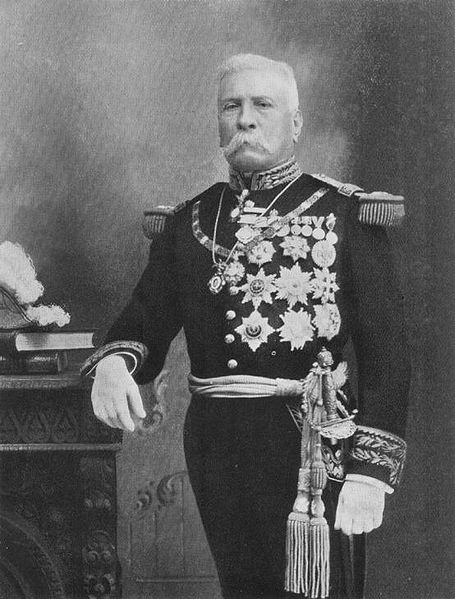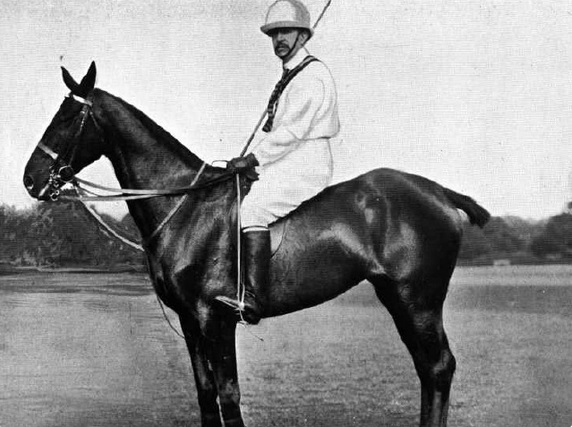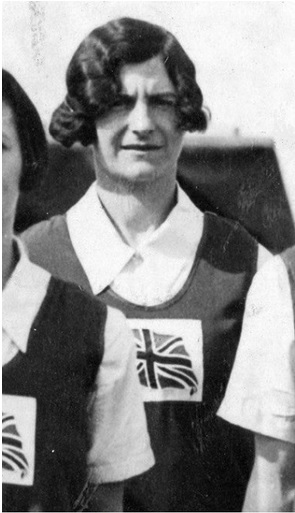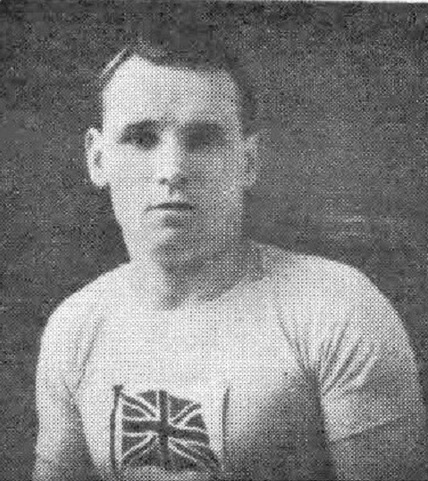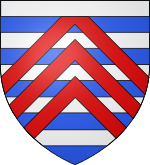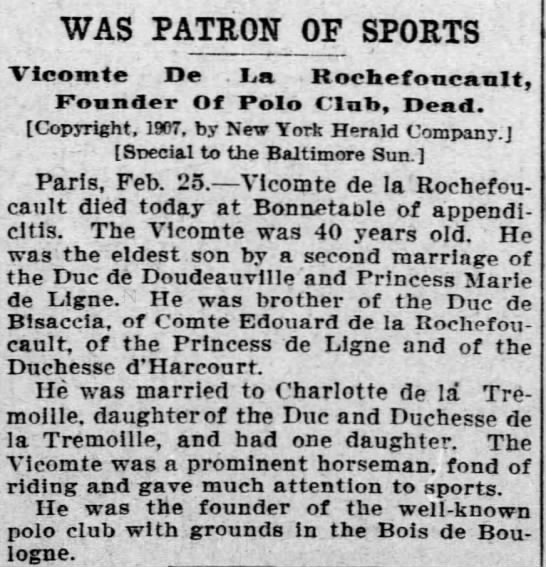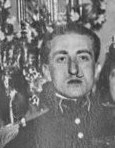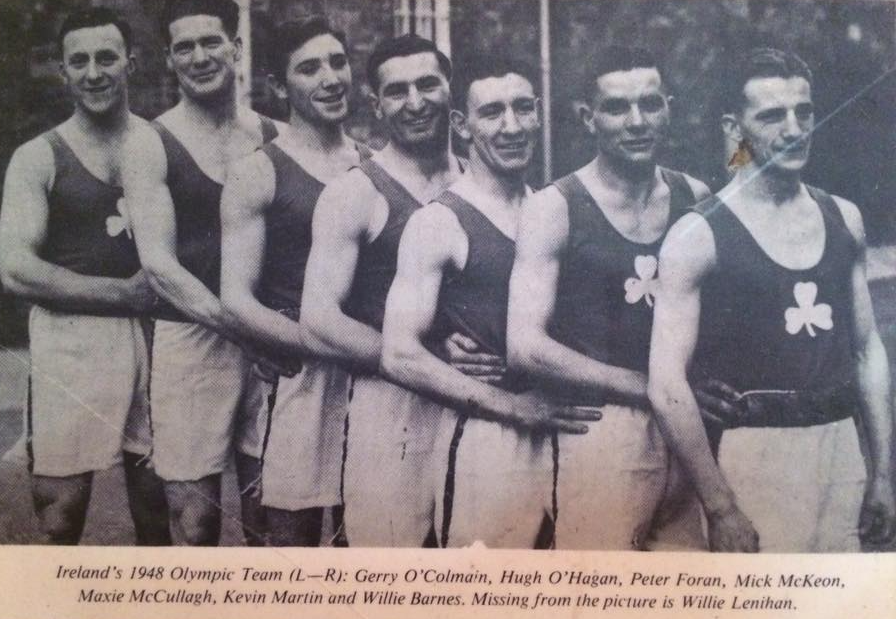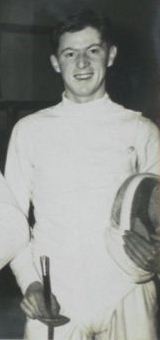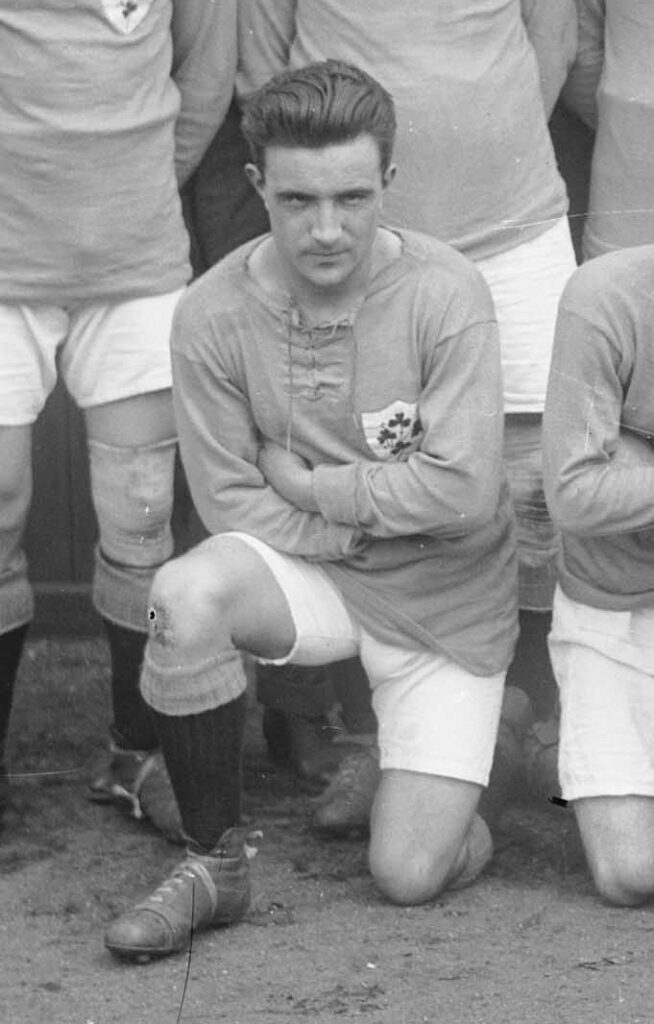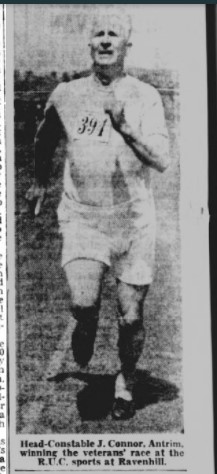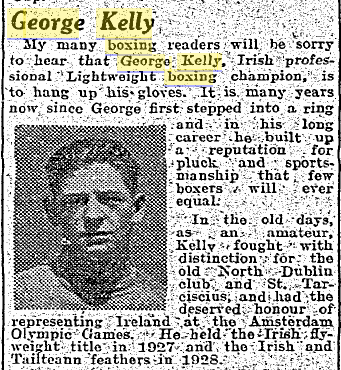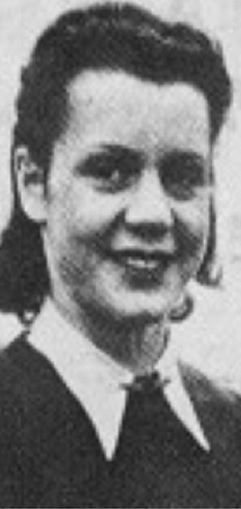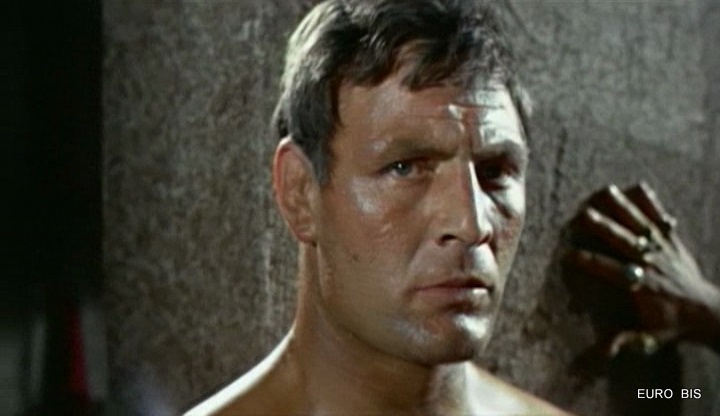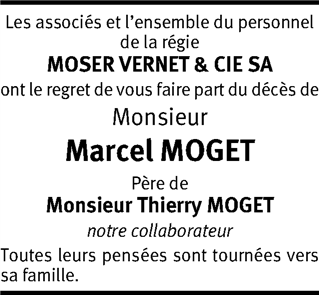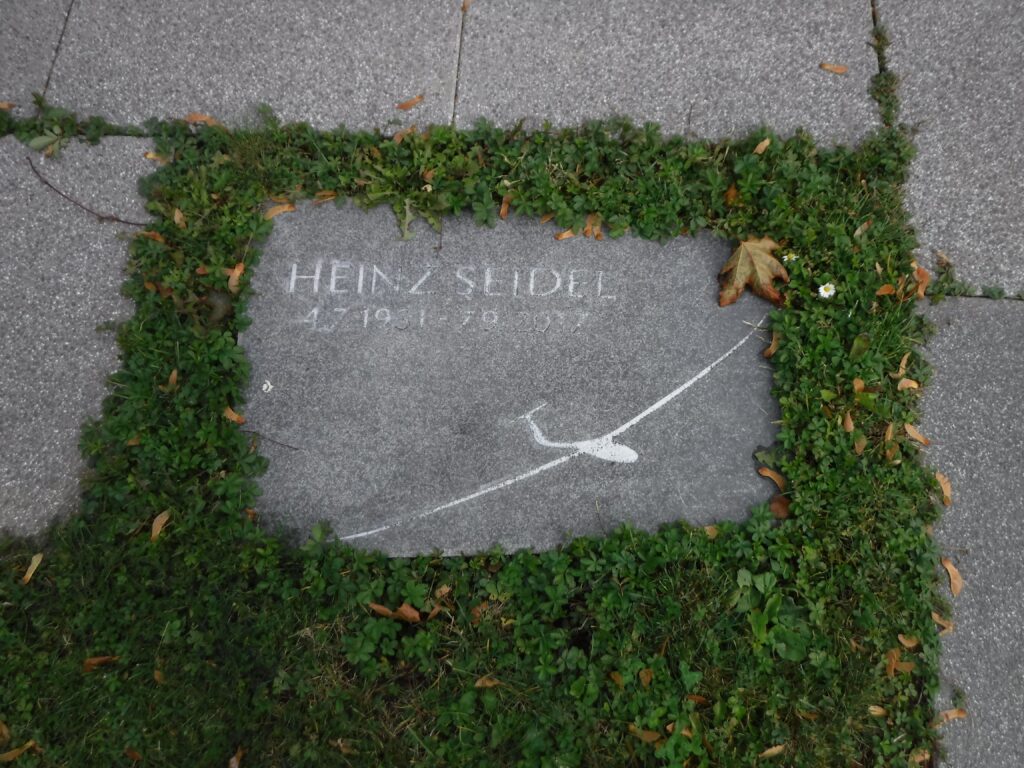Two posts ago, when we discussed the French gymnast known only as “F. Vailee”, we noted that there were several other competitors from the 1948 London Olympics for whom we lacked even a full name. This was a more common phenomenon in the prewar era, when records were not kept as well and participants could take part having had limited success even in their home countries. By 1948, however, the Games had been firmly established as one of the pinnacles of international sporting competition.
It is true that newer nations, or at least those that had not participated previously, were beginning to take part, but all five of the individuals we are covering today were from countries that had at least one previous appearance at the Games. Thus, while we may not know a lot about the starting competitors from some non-European and non-American countries, we at least have a full name for almost all of them.
The first exception is that of G. M. Jagi, who represented Afghanistan in the field hockey tournament in 1948. Afghanistan had sent two track and field athletes, as well as a hockey team, to the 1936 Berlin Olympics and returned to the Games after the war with both a hockey and a football squad. While their footballers were eliminated in the qualifying round, the field hockey team fared slightly better, winning, losing, and tying one game to place joint-seventh among 13 teams overall. Despite knowing very little about the delegation in general, Jagi remains the only starting player from either team for whom we lack even a full name.
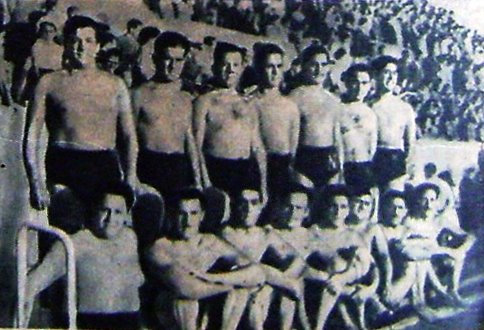
(The 1945 national water polo team of Chile, seated, pictured at Water Polo Legends)
The other non-European is A. Hurtado Vargas, who was a member of the Chilean water polo team that was eliminated in the group stage in 1948. Connor Mah has suggested that this individual may be César Augusto Hurtado Vargas, who died in 2007, but we have been unable to confirm this for certain.
The other three are all French sport shooters, which may be due to the lack of widespread media coverage given to the sport. For one, R. Gauthier-Lafond, who placed 20th in the small-bore rifle, prone, 50 metres event, we have a small hint that he may be French-Tunisian Georges Henry Gauthier-Lafond, who was active in the sport in the 1930s. He was born on October 16, 1914 and lived in Zriba, where his son Guy was born, and died September 30, 1992 in Auch. We have not been able to link him conclusively, however, to the Olympian. For the other two, R. Bouillet who finished 32nd in the rapid-fire pistol, 25 metres, and R. Stéphan, who was 48th in the free pistol, 50 metres, their names are common enough that we have encountered difficulty in locating any clues.
That is what we have for today – given the subject matter, we did not have much to say on the actual competitors, but we hope that there is still some interest in the topic nonetheless. As always, we hope to see you in the future for another blog post!
